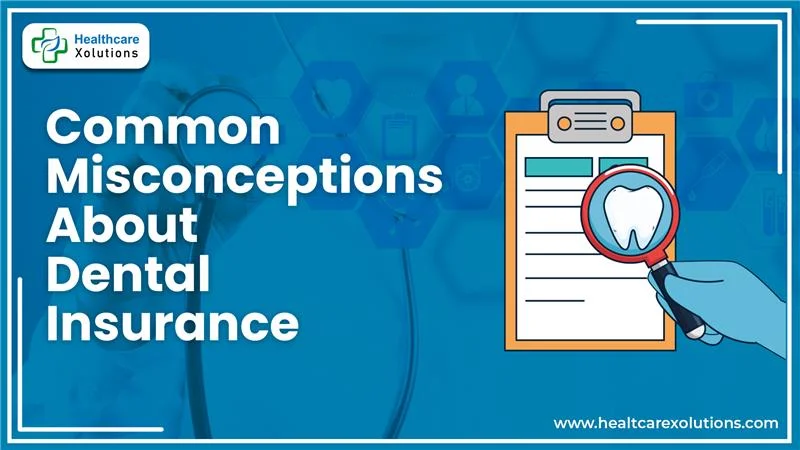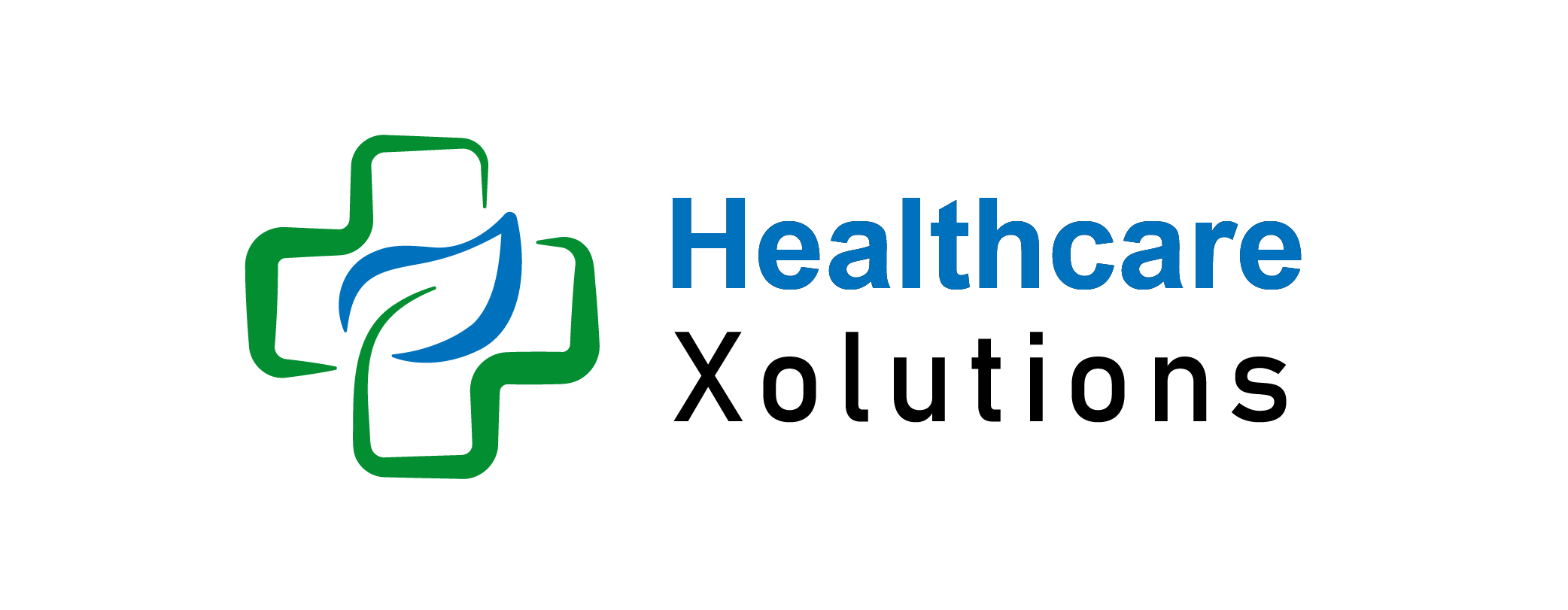Common Dental Insurance Misconceptions In 2025 | Complete Guide

In 2025, over 74 million Americans rely on dental insurance, yet most misunderstand how it truly works. Unlike medical coverage, dental insurance is preventive-focused, not emergency-based. Misconceptions about coverage limits, waiting periods, and network access can result in missed benefits and higher bills.
Whether you’re shopping for dental insurance in Virginia, reviewing an employer-sponsored plan, or comparing Blue Cross dental insurance with Cigna dental insurance, this guide separates fact from fiction to protect your oral health and your finances.
Key Takeaways:
- Dental insurance is structured for routine, not emergency, care.
- The 100-80-50 model limits how major work is covered.
- Cosmetic procedures are rarely included unless medically necessary.
- Preventive care is usually free and cost-saving over time.
- Knowing your network and plan terms prevents denied claims.
Table of Contents
Common Dental Insurance Misconceptions You Must Know:
Misconception 1: Dental Insurance Works Like Health Insurance
Reality: It doesn’t. Dental insurance pays partially, with caps, unlike health plans which often offer unlimited coverage after deductibles.
- Health insurance = emergency coverage
- Dental insurance = maintenance and prevention
Most full coverage dental insurance still includes exclusions and limits, especially on major procedures.
Misconception 2: All Procedures Are Covered Equally
Most dental plans follow a 100-80-50 model:
- 100%: Cleanings, exams, x-rays
- 80%: Fillings, basic extractions
- 50% or less: Root canals, bridges, dentures
Tip: Before treatment, review your Delta Dental insurance or Cigna dental insurance breakdown.
Misconception 3: Cosmetic Procedures Are Covered
Cosmetic treatments like whitening or veneers are not typically covered.
- Covered only if medically necessary due to trauma or disease
- Expect to pay out-of-pocket
Even the best dental insurance for major dental work rarely includes elective cosmetic options.
Misconception 4: Preventive Visits Aren’t That Important
Skipping preventive visits leads to long-term costs.
- Preventive care is 100% covered by most plans
- Skipping cleanings can result in root canals or extractions
Preventive visits are the most valuable feature in dental insurance with no waiting period plans.
Misconception 5: Any Dentist Accepts Insurance
Not all dentists are in-network. Out-of-network care = higher costs or denials.
- PPO: Flexibility with higher out-of-pocket
- HMO: Requires in-network only
Check provider directories for Blue Cross dental insurance and Cigna before scheduling.
Misconception 6: You’re Covered for Major Work Right Away
Most plans have 6–12 month waiting periods before covering crowns, dentures, or implants.
- Always check for waiver eligibility if switching plans
- Full coverage dental insurance often still has delays on major care
Misconception 7: Annual Maximums Are Minor
Plans have annual payout limits ($1,000–$2,000). Once reached, you’re fully responsible for remaining costs.
Smart tip: Split large treatments between December and January.
Misconception 8: Only Employees Can Get Dental Insurance
Anyone can buy dental insurance individually.
- Options for freelancers, students, retirees
- Dental discount plans offer reduced rates without traditional coverage
- Major dental insurance companies offer standalone policies on marketplaces
Bonus Myth: Orthodontics Are Always Covered
Not true. Orthodontic coverage often requires:
- A rider or separate plan
- Is limited to dependents, not adults
- Has a lifetime cap on benefits
Always verify orthodontic benefits, especially for adult treatments.
Conclusion:
Common dental insurance misconceptions can lead to financial mistakes and skipped care. Whether you’re enrolled in Blue Cross, Delta Dental insurance, or exploring dental insurance in Texas, the key is understanding how these plans work.
Know what your policy covers, use preventive care, and avoid surprises by reading the fine print. The right knowledge helps you maximize benefits, reduce expenses, and safeguard your oral health in 2025.
FAQs:
Is dental insurance worth it if I only get cleanings?
Yes. Two annual cleanings often exceed the value of premiums and prevent larger issues.
What is an annual maximum in dental insurance?
It’s the cap your insurer pays yearly, usually $1,000–$2,000. After that, you pay the rest.
Can dental insurance cover braces for adults?
Rarely. Adult orthodontic coverage is limited and usually requires a premium plan or rider.
Do all dentists accept insurance?
No. Confirm the dentist is in-network for your specific provider and plan type.
Is cosmetic dentistry covered by insurance?
No. Unless medically necessary, treatments like veneers and whitening are excluded.
